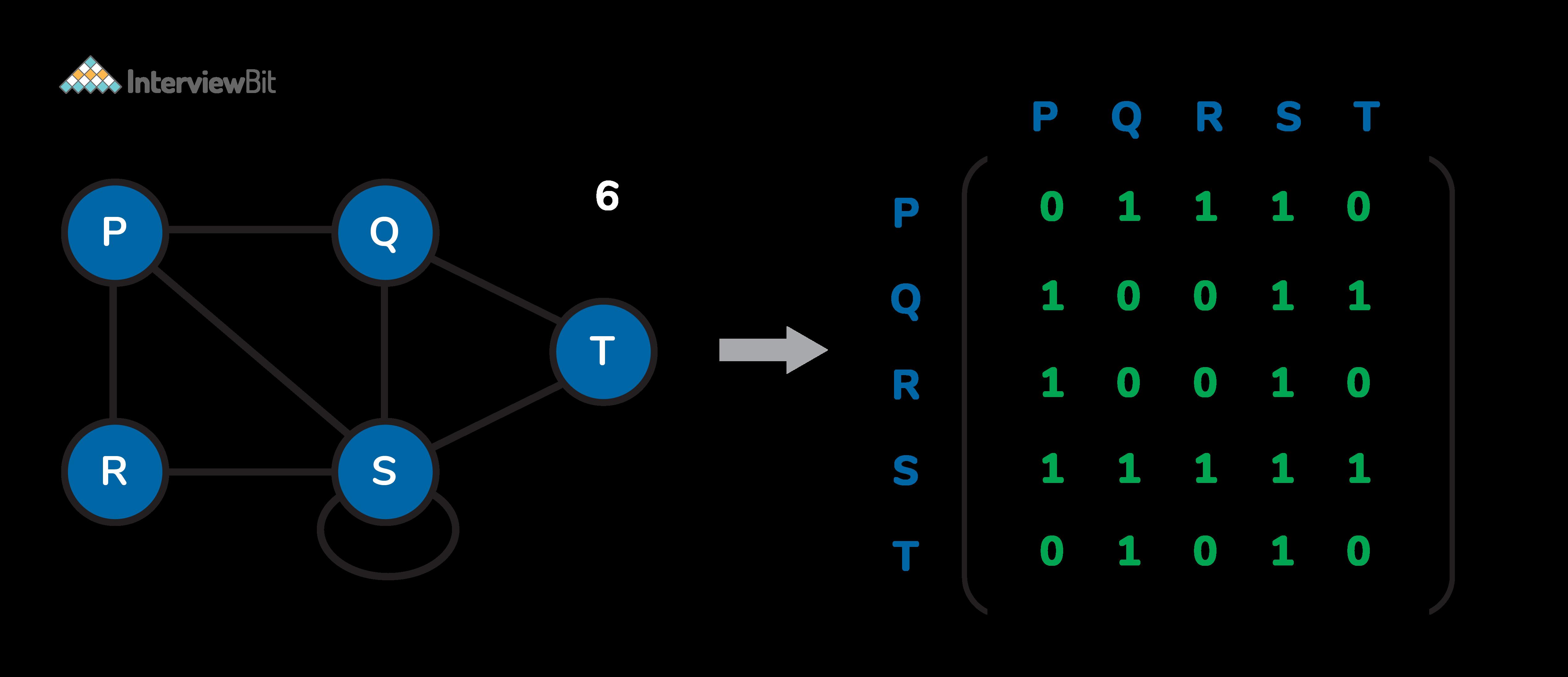
2 minute read
Some of the applications of queue are: CPU Task scheduling BFS algorithm to find shortest distance between two nodes in a graph. Website request processing Used as buffers in applications like MP3 media player, CD player, etc. Managing an Input stream
33. What are the applications of graph data structure?
Graphs are used in wide varieties of applications. Some of them are as follows:
Advertisement
1. Social network graphs to determine the flow of information in social networking websites like facebook, linkedin etc. 2. Neural networks graphs where nodes represent neurons and edge represent the synapses between them 3. Transport grids where stations are the nodes and routes are the edges of the graph. 4. Power or water utility graphs where vertices are connection points and edge the wires or pipes connecting them. 5. Shortest distance between two end points algorithms.
34. How do you represent a graph?
We can represent a graph in 2 ways:
Adjacency matrix: Used for sequential data representation

Adjacency list: Used to represent linked data

35. What is the difference between tree and graph data structure?
1. Tree and graph are differentiated by the fact that a tree structure must be connected and can never have loops whereas in the graph there are no restrictions. 2. Tree provides insights on relationship between nodes in a hierarchical manner and graph follows a network model.
36. What is the difference between the Breadth First Search (BFS) and Depth First Search (DFS)?
1. BFS and DFS both are the traversing methods for a graph. Graph traversal is nothing but the process of visiting all the nodes of the graph. 2. The main difference between BFS and DFS is that BFS traverses level by level whereas DFS follows first a path from the starting to the end node, then another path from the start to end, and so on until all nodes are visited. 3. Furthermore, BFS uses queue data structure for storing the nodes whereas DFS uses the stack for traversal of the nodes for implementation. 4. DFS yields deeper solutions that are not optimal, but it works well when the solution is dense whereas the solutions of BFS are optimal. 5. You can learn more about BFS here: Breadth First Search and DFS here: Depth First Search.
37. How do you know when to use DFS over BFS?
The usage of DFS heavily depends on the structure of the search tree/graph and the number and location of solutions needed. Following are the best cases where we can use DFS:
If it is known that the solution is not far from the root of the tree, a breadth first search (BFS) might be better.
If the tree is very deep and solutions are rare, depth first search (DFS) might take an extremely long time, but BFS could be faster.
If the tree is very wide, a BFS might need too much memory, so it might be completely impractical. We go for DFS in such cases.
If solutions are frequent but located deep in the tree we opt for DFS.


